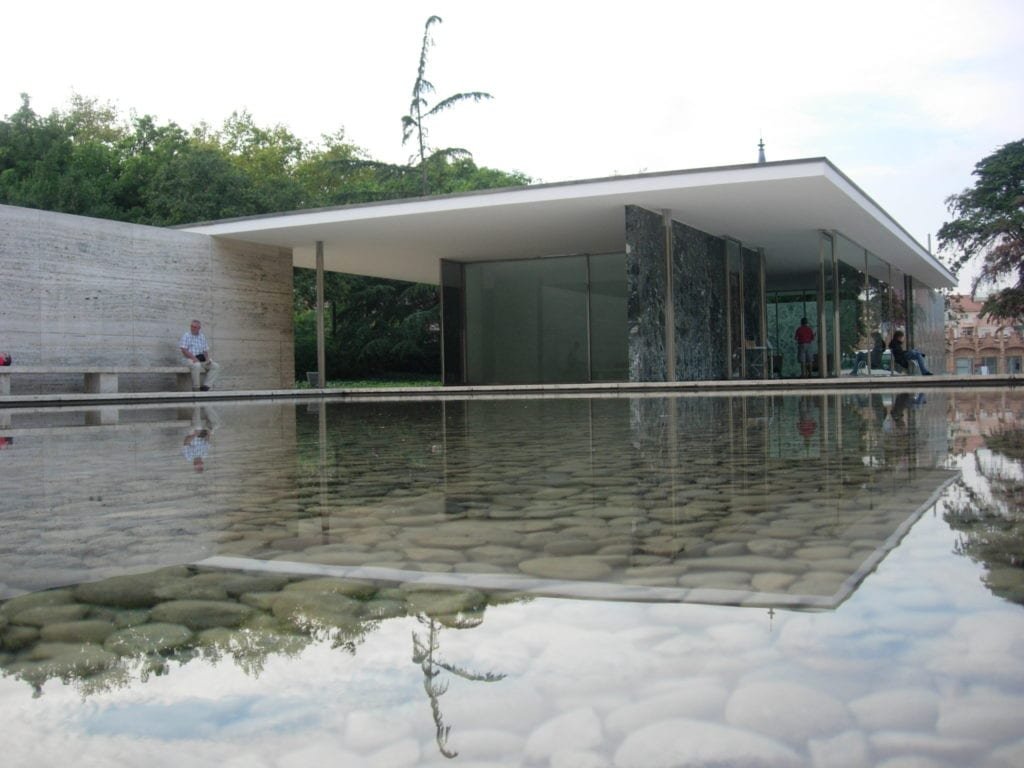Sewing machines can be intimidating, especially for beginners. But with the right knowledge, threading a sewing machine can be a breeze. In this article, we will guide you step-by-step on how to thread a sewing machine so you can get started on your sewing projects without any hassle.
Understanding Your Sewing Machine
Before you start threading your sewing machine, it’s important to understand its parts. Familiarize yourself with the following parts:
- Spool pin
- Thread guide
- Tension discs
- Take-up lever
- Needle
- Presser foot
- Stitch length and width controls
Choosing the Right Thread and Needle
Choosing the right thread and needle is crucial for the success of your sewing project. The weight of your thread and the size of your needle will depend on the type of fabric you’re using. Here are some guidelines:
- Thread weight: The higher the number, the finer the thread. For lightweight fabrics, use a lower weight thread, and for heavier fabrics, use a higher weight thread.
- Needle size: The higher the number, the thicker the needle. For lightweight fabrics, use a smaller needle, and for heavier fabrics, use a larger needle.
Remember to also choose the right thread color that matches your fabric.
Winding the Bobbin
Before threading the upper thread, you need to prepare the bobbin. Follow these steps:
- Place your spool of thread on the spool pin.
- Push the bobbin onto the winder spindle and push it to the right.
- Hold the end of the thread and start winding the bobbin. Make sure the thread is evenly distributed on the bobbin.
- Once the bobbin is full, push the spindle back to the left and remove the bobbin.
Threading the Upper Thread
Now that your bobbin is ready, it’s time to thread the upper thread. Follow these steps:
- Raise the needle to its highest position using the handwheel.
- Place your spool of thread on the spool pin and use the thread guide to guide the thread through the tension discs.
- Use the take-up lever to guide the thread down and up.
- Thread the needle from front to back, leaving a tail of about 6 inches.
Testing the Stitch
Before you start sewing, test the stitch on a scrap piece of fabric. Adjust the stitch length and width controls as needed until you achieve the desired stitch.
Congratulations! You have successfully threaded your sewing machine and are ready to start your sewing project.
Conclusion
Threading a sewing machine may seem daunting, but with practice and patience, it will become second nature. Remember to choose the right thread and needle for your fabric, wind the bobbin correctly, and follow the steps to thread the upper thread. With these tips, you’ll be on your way to creating beautiful sewing projects in no time.
FAQs
- How often should I change my needle?
8 hours of sewing or after every major project to ensure optimal performance.
- What should I do if the thread keeps breaking?
- Check if the thread is tangled or caught in the machine. Also, make sure the tension is properly adjusted and the needle is not dull.
- Can I use different types of thread in my sewing machine?
- Yes, you can use different types of thread as long as they are the appropriate weight and color for your fabric.
- What should I do if the bobbin thread is not coming up?
- Check if the bobbin is threaded correctly and the tension is adjusted properly. Also, make sure the needle is not bent or dull.
- How do I clean my sewing machine?
- Use a soft brush to remove dust and lint from the machine. You can also use a vacuum with a brush attachment. Make sure to clean your machine regularly to prevent buildup and ensure smooth performance.
Threading a sewing machine may seem intimidating at first, but with practice and the right knowledge, it can become a simple and easy process. Follow these steps, choose the right thread and needle for your fabric, and you’ll be on your way to creating beautiful sewing projects in no time. Happy sewing!

As an architecture and interior designer, I am passionate about creating spaces that inspire and delight those who inhabit them. With over a decade of experience in the industry, I have honed my skills in both the technical aspects of design and the art of crafting beautiful, functional spaces.
After earning my degree in architecture, I began my career working for a prestigious firm where I was exposed to a wide range of projects, from commercial buildings to high-end residential properties. During this time, I developed a keen eye for detail and a deep appreciation for the importance of form and function in design.
In recent years, I have struck out on my own, founding my own design studio where I have been able to further explore my passion for interior design. I believe that a well-designed space can transform the way people live and work, and I take pride in working closely with clients to understand their needs and create spaces that exceed their expectations.
Throughout my career, I have been recognized for my innovative and creative approach to design, and have been honored with a number of awards and accolades. When I’m not working on design projects, you can find me exploring the outdoors or seeking inspiration in the world around me.


